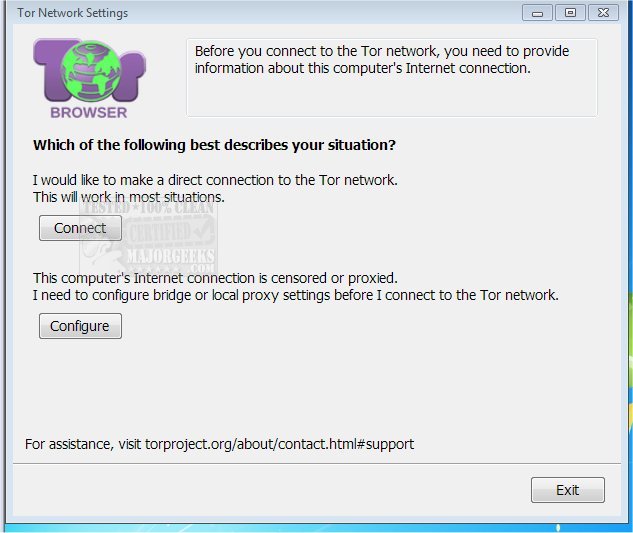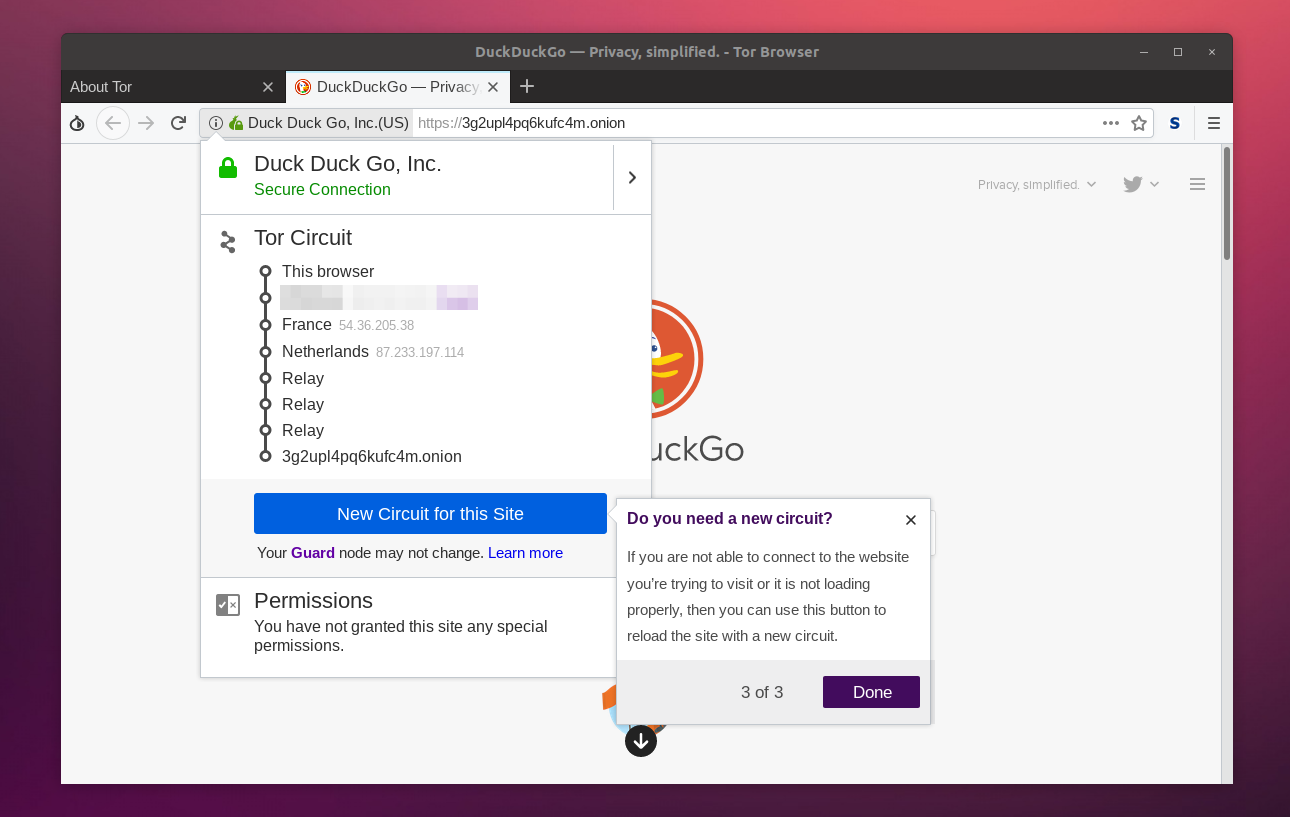
There is a go button at the end of the address bar. The address bar functions as a menu bar displaying previously visited websites. The address bar is where the website, as well as page names, are entered. These are pretty handy for configuring web-based mail and other frequently accessed websites. There are also bookmarks, user-defined buttons that lead to specific websites. A little triangle beside the navigation buttons displays a list of all accessible back/forward web pages. If you are on the homepage of a website and navigate to the contact page, clicking the back button will send you back to the homepage, but clicking the forward button will redirect you to the contact page.

While browsing, the refresh icon is used to travel back and forth. The main features of a typical browser include the following: 1. Numerous Mosaic user interface components were included in the Netscape Navigator. Mosaic, the very first Web browser powered by a graphical user interface, debuted in 1993. The name was altered to Nexus to prevent confusion with the World Wide Web, a rapidly expanding information environment. WorldWideWeb, the original Web browser, was launched in 1990. Most web browsers offer email and the File Transfer Protocol (FTP), although these Internet protocols do not necessitate a web browser. It uses HTTP (Hypertext Transfer Protocol) to send requests to web servers across the Internet on the user’s behalf. Many individuals utilize web browsers to access the internet nowadays, and it is seen by many as essential in their daily lives. This consists of websites, videos, and photos.

Now, a browser is just an app that allows users to see and engage with all of the World Wide Web’s content. The term “browser” originated before the web as a general name for user interfaces that enable you to explore (navigate and read) online text files. The browser is an application software that users can leverage to request a web-based resource so that the browser can retrieve the resource from a web server (private or public) and display it in a consumable format on the browser interface.


 0 kommentar(er)
0 kommentar(er)
